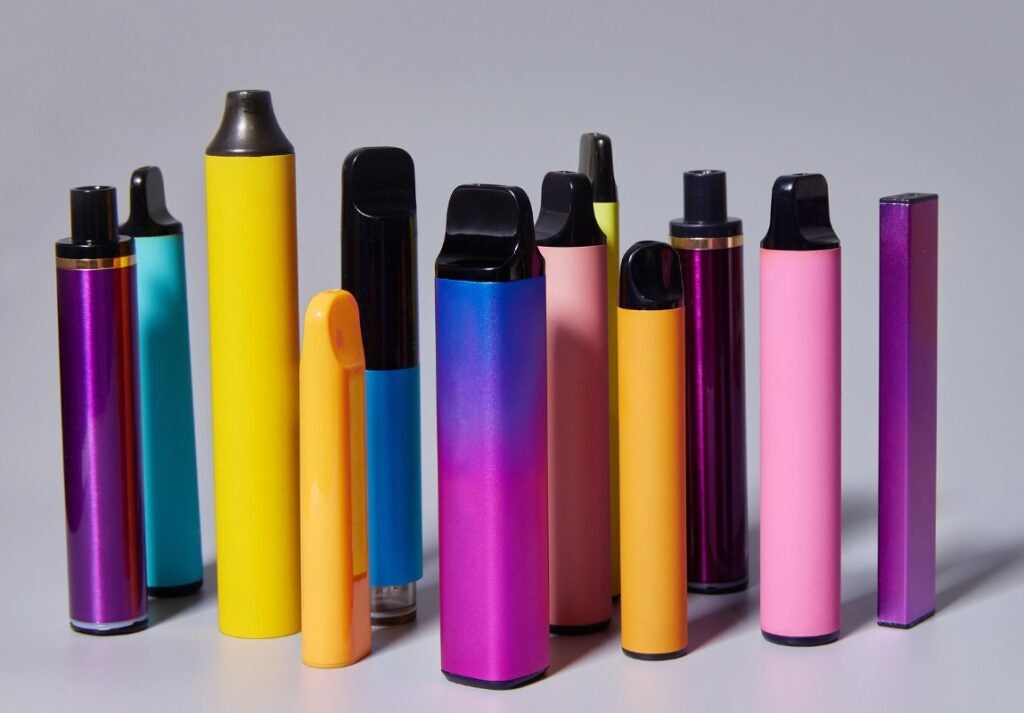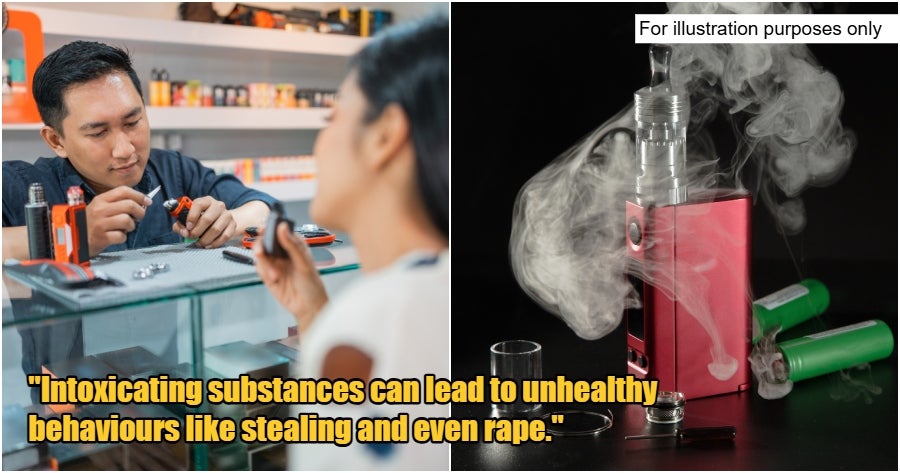Quitting smoking is no easy feat, but what if there were smarter alternatives that made it a little less daunting? Tobacco Harm Reduction (THR) is a growing movement focused on offering alternative ways to reduce the health risks associated with traditional smoking. THR might be a game-changer – not just for smokers but for everyone around them. So, here are six surprising facts that shed light on the science and global efforts behind THR.

Puff-free nicotine? Yes, it’s a thing!
Many people associate nicotine with smoke, but the truth is, nicotine can be consumed without burning tobacco. Products like nicotine pouches, patches, and e-cigarettes allow people to consume nicotine without the harmful toxins released through combustion. The act of burning tobacco creates thousands of harmful chemicals, including tar and carbon monoxide, which are major contributors to smoking-related diseases. Smokeless products eliminate this combustion process, offering a less harmful way to use nicotine.
Studies have shown that smokeless nicotine products carry a lower risk profile compared to traditional cigarettes. According to Public Health England, e-cigarettes, for example, are estimated to be 95% less harmful than smoking. This data-backed fact highlights a key principle of THR: reducing harm by eliminating smoke.
Sweden is the closest country to achieving the “smoke-free” status!
The smoking rate in Sweden declined from 15% in 2008 to an impressive 5.6% in 2022. In comparison, Malaysia only had a 4% drop in smoking rate over the span of a decade.
Sweden’s success in reducing smoking rates is attributed to strict tobacco control and a progressive approach toward smoke-free alternatives. The Swedish government enforces a robust ban on tobacco advertising and implements high taxes on cigarettes to deter traditional smoking – but that’s not all. The country is also open towards alternatives like snus – an oral tobacco product that doesn’t involve combustion.
The Swedish approach has resulted in fewer smoking-related illnesses compared to other European countries, earning it the title of “The Swedish Experience” in tobacco harm reduction circles. Sweden’s approach has shown that offering safer alternatives can lead to significant public health improvements without requiring smokers to quit nicotine altogether.

THR is not a fad; it’s backed by science!
Tobacco harm reduction is not a fad; it’s backed by science. Research consistently shows that switching from combustible tobacco to reduced-risk products like nicotine patches, gums, e-cigarettes, and heat-not-burn devices can lower exposure to harmful chemicals. The National Health Service (NHS) in the UK recognizes vaping as a viable smoking cessation tool, and the Centers for Disease Control and Prevention (CDC) acknowledges that smokeless products can reduce harm when used as substitutes for regular cigarettes.
There is also a comprehensive review by the Royal College of Physicians that supports THR as a way to reduce the risk of smoking-related diseases. For smokers who find it challenging to quit, switching to these products can be a step toward a healthier future, supported by rigorous studies and scientific evidence.
Japan took an innovative path to lower smoking rates
Japan has also seen success in reducing smoking rates due to its widespread adoption of heated tobacco products. These devices, like IQOS, heat the tobacco at lower temperatures rather than burning it, releasing fewer harmful chemicals. Since the introduction of these devices in 2014, Japan’s cigarette sales have plummeted by 52% as of 2023.

Japan’s strategy focuses on providing safer alternatives rather than banning smoking outright, showing how THR can work in cultures where smoking is deeply ingrained. This shift has positively impacted public health, as more smokers opt for reduced-risk options rather than traditional cigarettes.
THR benefits smokers AND non-smokers!
While THR strategies are targeted at smokers, they also benefit non-smokers by creating a healthier environment. Secondhand smoke is harmful to the heart and blood vessels, therefore by reducing the number of traditional cigarette smokers, we can also minimize the health risk that it may cause non-smokers.
Smokeless products like nicotine pouches and e-cigarettes produce little to no secondhand emissions. For instance, Public Health England states that e-cigarettes pose a negligible risk to bystanders, making them a much safer choice in shared spaces. By encouraging smokers to switch to less harmful products, THR ultimately benefits everyone by contributing to cleaner, smoke-free environments.
Only FOUR countries have successfully implemented all six MPOWER measures
The World Health Organization (WHO) recommends six MPOWER measures to combat the tobacco epidemic: Monitor tobacco use, Protect people from tobacco smoke, Offer help to quit, Warn about the dangers, Enforce advertising bans, and Raise taxes on tobacco. While these measures are effective in reducing smoking rates, only four countries – the Netherlands, Türkiye, Brazil, and Mauritius – have fully adopted all six.
This limited adoption is also why THR strategies should not be overlooked. Alongside MPOWER, THR provides an additional pathway to reducing smoking rates. For instance, Sweden’s success in reducing the number of smokers by encouraging snus usage demonstrates how THR can complement traditional prevention policies, offering effective alternatives where MPOWER may fall short.
It’s time to recognize the role THR plays in advancing public health.
For those who struggle to quit smoking, THR offers realistic, science-backed options to reduce harm. Countries like Sweden and Japan have demonstrated that offering safer alternatives can help lower smoking rates, creating a win-win for both smokers and public health. As awareness around THR grows, it presents an opportunity to reshape public health strategies and offer millions of smokers a safer path forward. Whether you’re a smoker or simply a curious reader, these facts reveal how THR is transforming the way we approach smoking and health.
Also read: MCPF Calls for Vape Ban, Warns Addiction to Substances Can Lead to Unhealthy Behaviours Like Theft





































